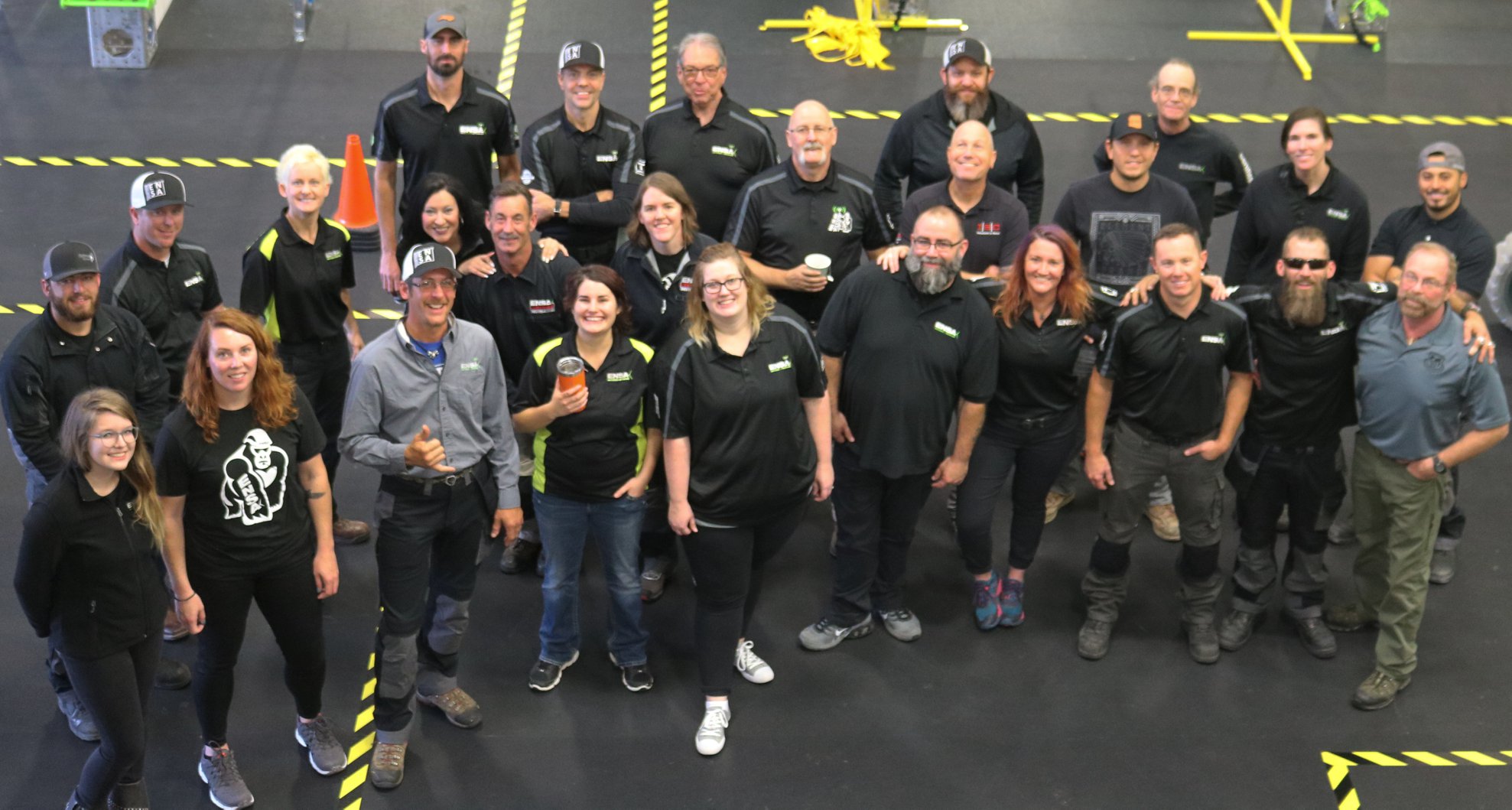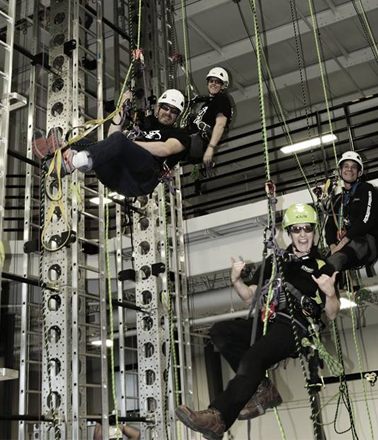ENSA TRAINING

Mallory-ENSA represents the pinnacle of at-height safety training.
Climbing and safely accessing an at-height telecommunications structure is a demanding activity that requires safety education and training. Accessing an at-height work environment, where the only access is via a vertical ladder, requires comprehensive understanding of the safety requirements and incident response techniques demanded by such an activity. The Mallory-ENSA training facility is the largest and most modern at-height training facility in North America.
The Mallory-ENSA at-height safety training courses are designed specifically to instruct and train Telecommunication workers and supervisors the hazards of working on a tower. Training also includes appropriate decision-making when addressing fall hazards through the adoption of preventative safety culture. As a result, ENSA has also added new training scenarios for bucket and truck rescue, and at-height worker rescue.
ENSA’s training facilities and experienced, certified trainers are strategically located around North America -- to better service organizations both at the facility and on-site.

Market Demand for At-Height and Confined Space Training
The recent wind power and telecommunications market growth has created a situational requirement for as increased worker safety and remote rescue training – to reduce risk, worker incidents and liability. Workers need the essential knowledge required to work safely within this environment. Training courses today need to provide coaching on the use of personal protective equipment for working safely at-height and how to use fall rescue equipment for personal escape or casualty rescue requirements.
Mallory-ENSA North America provides practical training exercises that are implemented under a “Skills Based Evolution Process.” The ENSA at-height skills learning and development process helps students achieve success and confidence through both a classroom and practical skills-based layering approach. In an ENSA training class, a basic skills-based foundation is established, and through reaffirmation and confirmation, additional practical skills are instructed. The student is then coached and instructed to effectively demonstrate and apply the learned skills through hands-on experiences. The experiences include: complexities of work and rescue at height. This unique learning philosophy works to ensure maximum retention, comprehension and application by all students.

